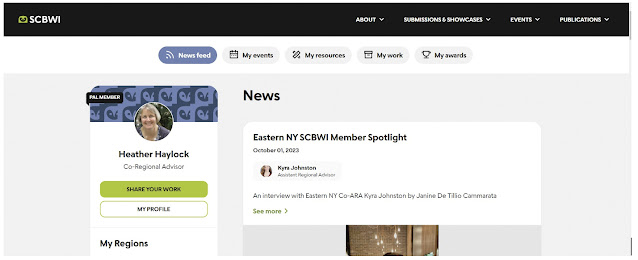CREATING ENGAGING SCHOOL VISITS BY TEACHING STEAM THROUGH FICTION
(Speaker: Jo Watson Hackl, hosted by SCBWI Maryland/Delaware/West Virginia)
I do a lot of school visits and am always keen to learn new ideas for making mine even better for students.
Jo was a huge encouragement to mine my stories for aspects I can use to demonstrate STEAM principles (Science, Technology, Engineering, Art and Mathematics). This can be done pre-publication (writing purposefully, placing STEAM elements in your story) or after a book is already out (conduct an inventory of your story, and search for ways to talk about its STEAM elements.)
I was surprised to find that I already do this at my school visits! I just hadn’t thought about it being officially STEAM teaching. For example, with my first picturebook, Granny McFlitter the Champion Knitter, I talk to students about some of the adaptations penguins use to survive in the extreme cold. We look at the two layers of feathers they have – one to keep them warm and one to keep them dry – and the impact that an oil spill has on those ‘raincoat’ feathers. (And then go on to talk about oil spills and some instances where people – like Granny McFlitter - have been asked to knit little woollen sweaters to help in the penguin rescue effort.)
As Jo was talking, I was furiously writing down other STEAM extensions I could explore for my other stories. One of the things she highlighted, was that the research we do for a story can become a STEAM element we talk about at school visits.
When writing Granny McFlitter: The Knit Before Christmas, I talked to a zookeeper at length about the diets of various captive animals. The animals in the story put out their Christmas stockings, hoping for some delicious treats; I wanted to make sure the treats were ones the animals would actually love. And I absolutely wanted to make sure I wasn’t including anything that would be poisonous! (I had nightmares of children reading the book, and poking poisonous foods through the enclosures as Christmas treats, then the keepers finding the animals dead next morning. Oh, the life of a writer!)
Turns out, giraffes will do almost anything for a strawberry, and in some parts of the world, carcasses are minced up and made into sausages for the tigers, so as not to offend the viewing public with the sight of a leg of something being tossed into the tiger enclosure.
So. I found this webinar both encouraging (I was already talking about STEAM without really acknowledging it) and inspirational (I’m busily mining all my stories now, to find new and interesting things to talk to school students about.)
Thanks, Jo and SCBWI Maryland/Delaware/West Virginia!
Heather Haylock
 |
| Heather Haylock in action with a class |



Comments
Post a Comment